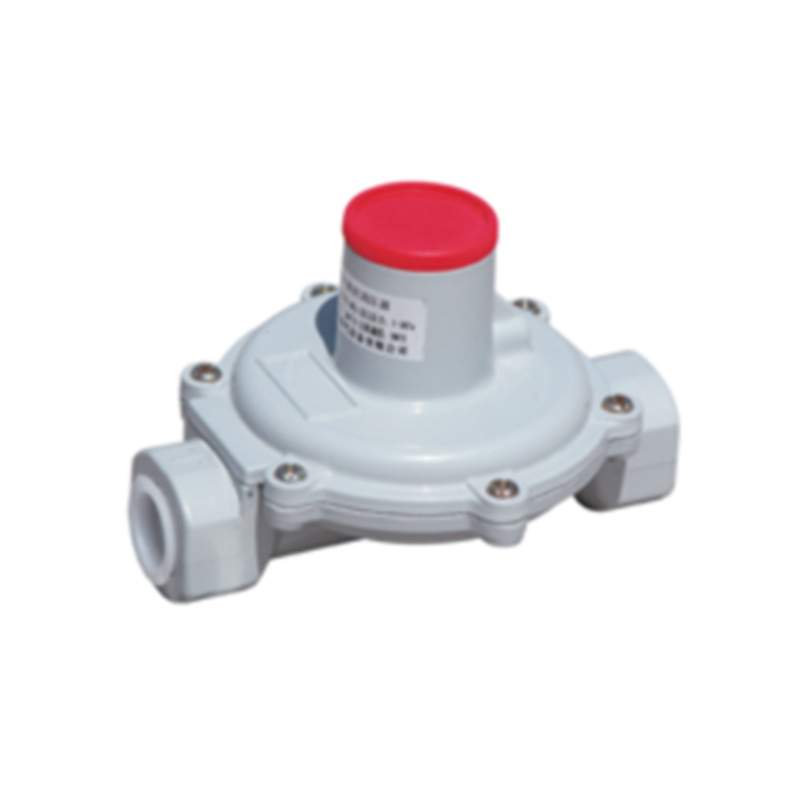
Jul . 25, 2024 12:48
Back to list
Exploring the Functionality and Importance of Regulating Valves in Fluid Control Systems
Understanding Regulating Valves An Essential Component in Fluid Control Systems
Regulating valves are critical instruments used in various industries to control the flow and pressure of fluids within a system. These valves play a crucial role in ensuring optimal operating conditions, enhancing system efficiency, and protecting equipment from potential damages caused by overpressure or flow irregularities. This article delves into the functions, types, and applications of regulating valves, illustrating their importance in fluid control systems.
What is a Regulating Valve?
A regulating valve, also known as a control valve, is designed to manage the flow of fluids—liquid or gas—throughout a system by varying the size of the flow passage. This modulation can be achieved through various mechanisms, including mechanical, pneumatic, or electronic means. The primary purpose of a regulating valve is to maintain the desired set point of pressure, flow rate, or liquid level, allowing for improved system performance and efficiency.
How Do Regulating Valves Work?
Regulating valves operate based on input signals from sensors that monitor the process parameters. These sensors relay information to a control unit, which then sends commands to the valve actuator. The actuator adjusts the valve position, either opening or closing it to increase or decrease the flow accordingly. By continuously modulating the valve position, the system can stabilize the desired set point against fluctuations that may occur due to load changes or other external factors.
Types of Regulating Valves
Regulating valves come in various designs, tailored to meet the specific needs of different applications
. Some common types include1. Globe Valves These are widely used for flow regulation due to their excellent throttling capabilities. Their design features a linear flow path, allowing for precise control over the flow rate.
2. Ball Valves While primarily known for their on/off functionality, ball valves can also regulate flow. Their quick operation and low pressure drop make them suitable for many applications, though they typically offer less precision compared to globe valves.
3. Butterfly Valves These valves are valued for their compact design and lightweight. They are ideal for large flow applications and provide good regulation performance with a simple quarter-turn operation.
regulating valve

4. Pinch Valves Particularly useful in slurry or liquid-solid mixtures, pinch valves control flow by pinching a flexible tube. This design minimizes contact with the fluid, making it an excellent choice for corrosive or abrasive media.
5. Control Valves These valves are specifically designed for automatic process control. They can be actuated using electric, pneumatic, or hydraulic systems, providing the flexibility needed in complex industrial processes.
Applications of Regulating Valves
Regulating valves are used across a wide range of industries, including
- Oil and Gas Regulating valves help manage flow and pressure in pipelines, refineries, and processing plants, ensuring safe and efficient operations.
- Water Treatment In municipal and industrial water treatment plants, these valves control the flow of water through various treatment stages, maintaining optimal chemical dosing and filtration processes.
- HVAC Systems In heating, ventilation, and air conditioning systems, regulating valves control the flow of coolant and air, ensuring comfort and energy efficiency.
- Chemical Processing Many chemical reactions require precise control of flow rates and pressures, making regulating valves indispensable in maintaining product quality and process efficiency.
Conclusion
In conclusion, regulating valves are vital components in fluid control systems across a multitude of industries. Their ability to modulate flow and pressure ensures optimal operating conditions, contributing significantly to system efficiency and safety. As technology advances, the design and performance of these valves continue to evolve, offering even greater accuracy and control for industrial applications. Understanding the importance and functionality of regulating valves is essential for engineers and professionals involved in fluid management and process control.
Latest news
-
Safety Valve Spring-Loaded Design Overpressure ProtectionNewsJul.25,2025
-
Precision Voltage Regulator AC5 Accuracy Grade PerformanceNewsJul.25,2025
-
Natural Gas Pressure Regulating Skid Industrial Pipeline ApplicationsNewsJul.25,2025
-
Natural Gas Filter Stainless Steel Mesh Element DesignNewsJul.25,2025
-
Gas Pressure Regulator Valve Direct-Acting Spring-Loaded DesignNewsJul.25,2025
-
Decompression Equipment Multi-Stage Heat Exchange System DesignNewsJul.25,2025

